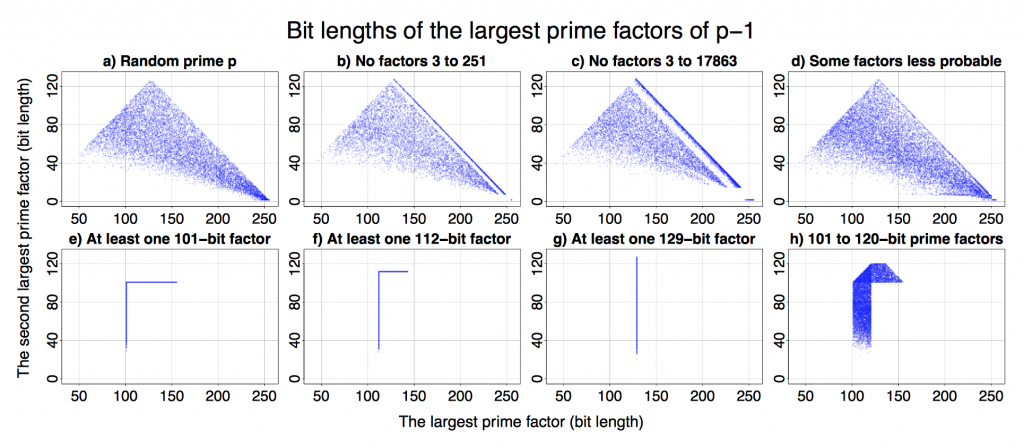Attacks on encryption continue. The UK government has just reportedly handed Apple a Technical Capability Notice – effectively demanding that Apple allow UK law enforcement access to their users’ encrypted cloud servers. This is the latest in a series of recent pushes by the UK Government and security services to establish backdoors in the end-to-end encrypted services which underpin a great deal of our lives. It is also happening at a time when many of us are really quite scared of the things that governments – particularly the new US administration -might do with backdoor access to Internet platforms. Undermining the security of these services would also hand further power to the companies who provide these platforms to access this data themselves.
This directly threatens the privacy of Apple’s users – and the safety of many of those who might now be targeted for retribution or enforcement. GCHQ has generally argued that there are useful technical work-arounds that can provide access to legitimate authorities to help with law enforcement. The UK government has particularly used the genuine issue of mass-scale online gender-based violence, particularly the exploitation of children, to make the case for mass-scale surveillance of the Internet in order to detect this violence and arrest those culpable.
The government argument here is that encryption and anonymity provide a safe haven for online abusers – they stop investigations, frustrate prosecutions, and form a major blocker to tackling misogynistic violence. I disagree. I’m going to leave the well-rehearsed technical arguments about whether it is feasible to weaken encryption for the government but not for hostile actors to one side for now (spoiler: it isn’t), and focus on the substantive policy area of gender based violence itself.
Continue reading A feminist argument against weakening encryption


